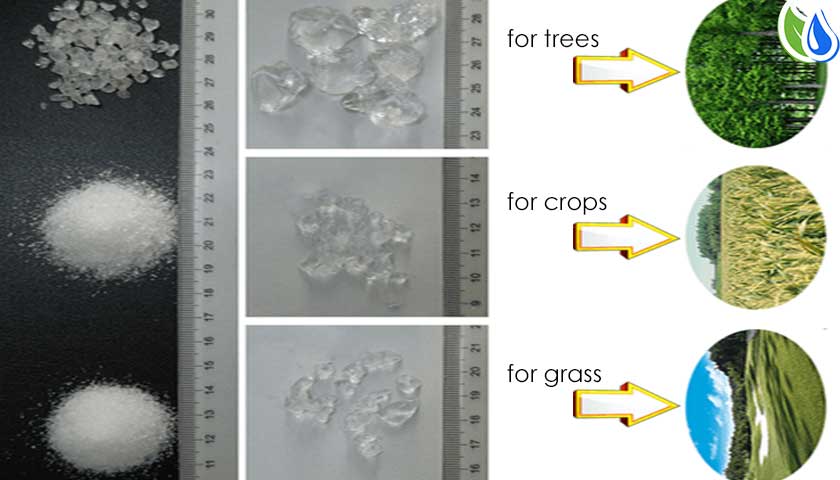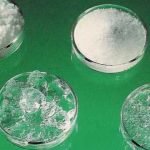
Aqua Sorb Water Absorbent Polymers
✓ Increases water retention capacity of soil.
✓ Reduces irrigation requirements.
✓ Reduces leaching of valuable water and nutrients.
✓ Reduces transplant shock.
✓ Increases shelf life of plants.
✓ Promotes faster growth.
Biodegradable:
Aqua Sorb is a non toxic biodegradable product which works in soil for up to 4 years. These super absorbent polymers simply break down to CO2, water and nitrogen.
A little water-absorbing polymer gives your plants a chance during drought conditions.
Aqua Sorb is an economical tool for those who need help maintaining established lawns, shrubs and flowers in drought conditions.
In all areas susceptible to drought use Aqua Sorb in the initial planting of sod, plants and shrubs, according to instructions on Application Page.
For established plants and shrubs, use Aqua Sorb or create reservoirs around the perimeter of the plant by digging holes and applying Aqua Sorb in the holes and thoroughly water.
For potted plants, mix Aqua Sorb in with potting soil to create a soil that easily maintains moisture throughout the entire root structure. This is helpful when going on vacation, when the plant is watered thoroughly, the dehydration of the soil occurs at a much slower rate.
For established lawns, application of Aqua Sorb can reduce irrigation requirements up to 30% and reduce plant stress.
Aqua Sorb is non-toxic and harmless to plants.
Aqua Sorb continues to work throughout several waterings. The polymer will slowly release the moisture over a period of time and become dehydrated again. Thus, when dehydrated, it can absorb water again and begin the slow release process again.
Application rates vary due to type of soil, region and type of plant. Generally, clay soils require less polymer and sandy soils require more. Arid regions and areas subject to heat and drought require more polymer. Wet, cool regions require less polymer, however polymers in these regions are very beneficial for planting on slopes. All rates are an approximation and with experience the gardener will determine the rates for their individual needs and conditions. When applying dry water absorbing polymer, an important point is, more isn�t always better. The polymer should be worked into the ground to provide equal distribution. Some polymer users have been known to plant annuals on top of an ample amount of polymer without working it in the soil, and after the first rain, find the plant out of the ground and a large lump of jello-like substance (hydrated polymer) in its’ place. If hydrated polymer is allowed to remain above the ground, sunlight will hasten the breakdown to its primary elements of carbon dioxide, ammonia and water. Adding 10-15% of the small or powdered polymer in combination with medium or large polymer is recommended in most applications for optimal water storage.




